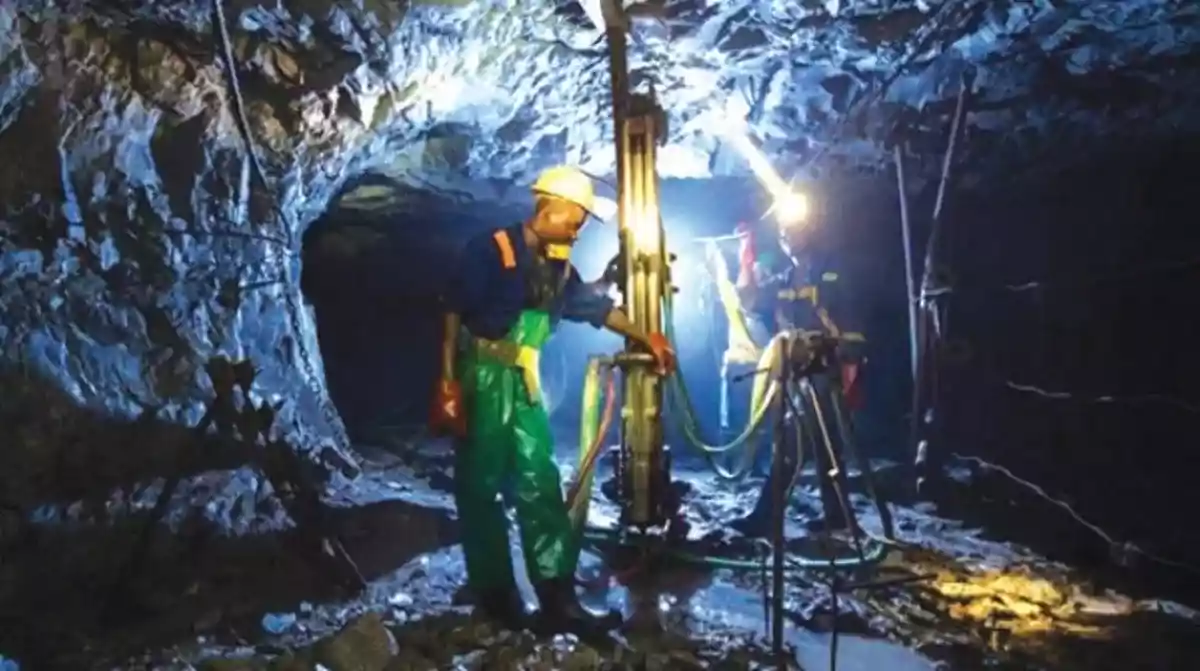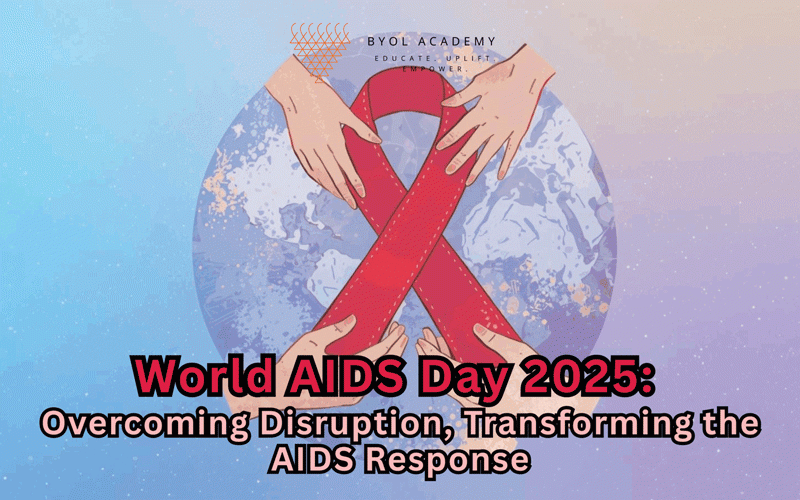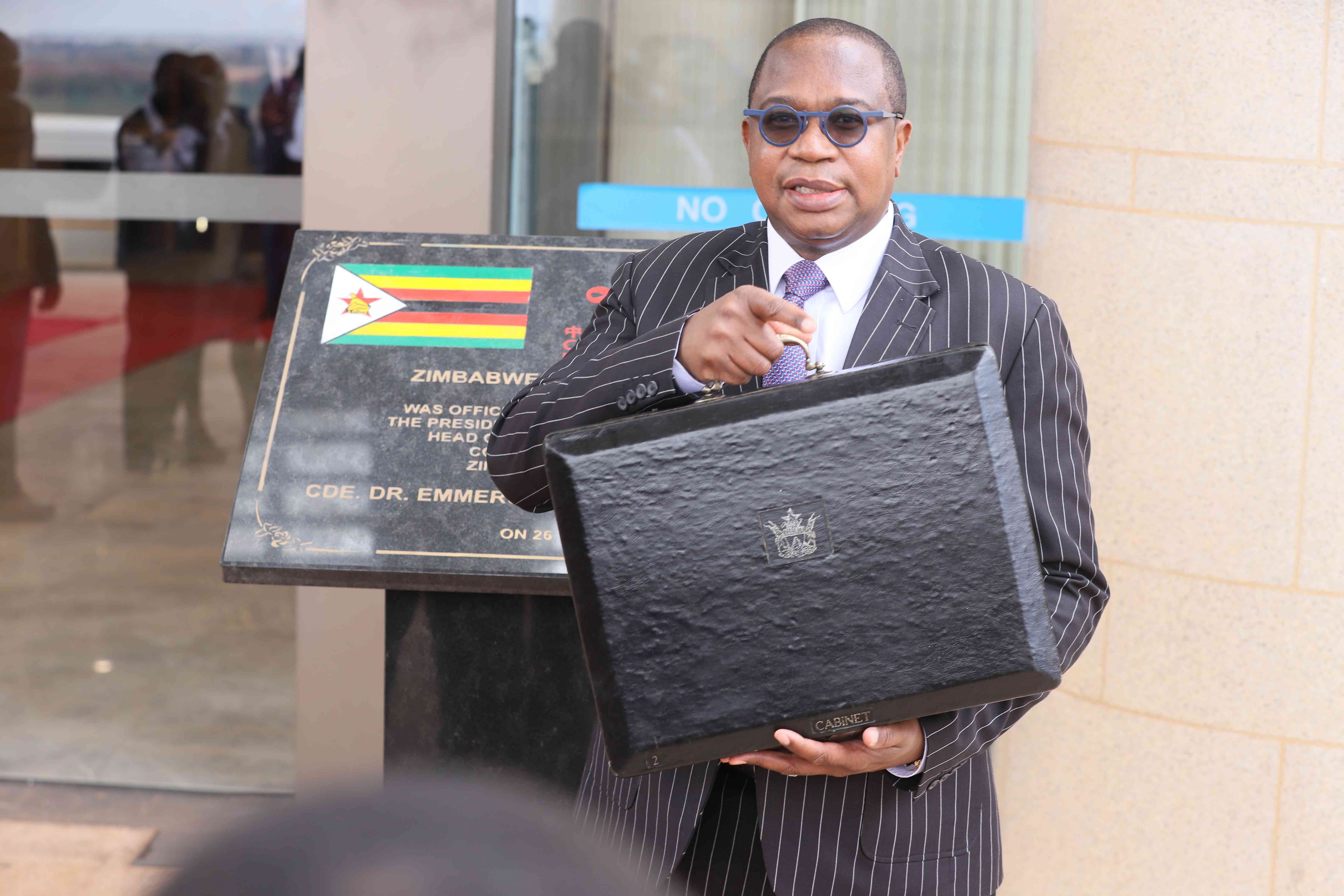
IN response to climate change concerns, the world is advocating for a low carbon environment. There are many treks that are being pursued to achieve this.
Road transport accounts for 15% of total global carbon dioxide (CO2) emissions. Electric Vehicles (EVs) have emerged over the last five years as a key driver to decarbonise light duty vehicles.
Driven by subsidies and policy support in China, the European Union and the United States, as well as improving cost competitiveness and innovation, the global sale of electric vehicles reached 10,5 million or 13% of all vehicles sold in 2022.
EVs are likely to reach 20% of all cars sold this year, so they are no longer a niche/California toys or one of many ways of decarbonisation but have proved to be the transition pathway for light duty vehicles.
The US expects 52% of all cars sold by 2030 to be EVs after the Inflation Reduction Act that comes with tax credit of up to US$7 500 for those who buy EVs. Whilst globally, the contribution is lower, however, the trend direction is heavily weighted towards EVs.
The rise of EVs has meant the rise of demand of some minerals, such as, lithium and nickel for the car batteries. Lithium’s high electrochemical potential makes it critical to electric vehicle batteries. Lithium is also known as “white gold”, it is the lightest solid element in the periodic table.
Lithium is abundant across the Earth, meaning that there should be enough to go around with appropriate investments in the extractive and beneficiation sector.
The challenge could be the timing due to the rapid uptake of electric vehicles. The increased uptake of EVs is expected to drive a near five-fold increase in lithium demand by 2030.
- CCC urged to push for dialogue over reforms
- A peep into Matenganyika’s artistic closets
- The Bioskop Short Film Competition is back
- Mangwe farmers benefit from agric projects
Keep Reading
Trafigura predicts Africa could supply a fifth of the world’s lithium by 2030. This is where the opportunity for the mining sector lies and one is persuaded to conclude that Zimbabwe should be a key player in this trajectory given its abundant proven lithium deposits.
However, it must be noted that, this is not without risks. There is a lot of research that is based on the premise that the solution to potential lithium shortages will not be digging more of it out of African rock but developing cheaper and more durable substitutes such as sodium batteries in laboratories.
There would be need for investment in infrastructure to be able to deliver this lithium to world markets either as ore or refined. In this brief I will focus on the potential impact of heightened lithium demand to the mining sector of Zimbabwe.
Role of mining and managing new wealth
Zimbabwe is endowed with vast mineral resources, with over 40 different minerals. The mineral resources include amongst others, gold, coal, chromium ore, nickel, copper, iron ore, vanadium, tin, platinum group metals (e.g., palladium) and diamonds.
The country boasts the second-largest platinum deposits and high-grade chromium ores in the world, with approximately 2,8 billion tonnes of platinum group metals and 10 billion tonnes of chromium ore.
Globally, Zimbabwe's key mineral resources include lithium, chrysotile asbestos, vermiculite, gold, platinum group metals and chromium.
Today, the Zimbabwean mining sector accounts for about 12% of the country’s gross domestic product (GDP). In some recent public media reports, the Minister of Mines and Mining Development is reported to have claimed the sector has the potential to generate US$12 billion annually by 2023.
This is if the government addresses challenges such as persistent power shortages, foreign currency shortages and policy uncertainties.
The Zimbabwean regulatory framework requires that all minerals, with the exception of gold, be exported through the state-owned Minerals Marketing Corporation of Zimbabwe (MMCZ).
Gold is sold to the Reserve Bank of Zimbabwe’s (RBZ) subsidiary Fidelity Printers and Refiners (FPR). A surging demand for lithium with proper governance and fiscal systems can anchor the whole mining sector and indeed the economy at large.
One would argue that if some of the reported “leakages” are plugged mining can indeed contribute even more than currently envisaged.
Generally, renewable and non-renewable natural resources and the supply chain around them as well as other services form part of the real wealth of countries.
This is regarded as the natural capital of a nation from which other forms of capital and infrastructure can be built. Proceeds from the sale of any such minerals contribute towards national fiscus for national development projects and poverty reduction.
Mining and other related downstream industries provide jobs and are often the basis of livelihoods for citizens. Natural resources themselves, given their finite lives and due to their centrality to national development, need to be managed sustainably, hence the need for proper governance at every level.
Governments and policymakers are supposed to play an important role in putting in place governance structures that ensure that such mineral resources contribute to the long-term economic development of nations, and not only to short-term revenue generation.
Independent and high-quality institutions can buttress this and turn the so-called resource curse‖ into an opportunity. This is critical for the authorities to wholeheartedly embrace.
Miguel de Cervantes Saavedra, the celebrated 16th century Spanish author of Don Quixote de la Mancha, once said that “the gratification of wealth is not found in mere possession or in lavish expenditure, but in its wise application.”
That was at a time when Spain enjoyed new-found access to a wealth of natural resources, including gold, from the Americas. Could he have recognised, in his own country, symptoms of what later became known as the “Dutch disease”, a term that broadly refers to the harmful consequences of large increases in a country’s income.
Wise application and not lavish expenditure are themes that are key and central for Zimbabwe if ever it is to take advantage of the likely upsurge in demand of some of its minerals.
Mineral resources if well managed can be an engine for economic growth, there are a number of well documented examples where this has been the case.
Australia is a case in point where mining still remains the largest sector by share of GDP contributing around 10% between 2019 and 2020.
The Middle Eastern countries such as Saudi Arabia, Qatar, UAE and Oman have applied their petroleum resources well to steer national development.
Closer to home Botswana has done relatively well on the back of its diamond endowment and arrangements with Debswana Diamond Company Limited.
Yet, the same world has a number of examples where due to poor governance and conflict, mineral resources have been a source of lavish expenditure for a selected few, the oligarchs as they are called in Russia.
In this basket the Democratic Republic of Congo (DRC) is a classic example, rich in minerals but no infrastructure nor any social services for the benefit of citizenry. One hopes Zimbabwe learns what not to do.
For Zimbabwe, with an anticipated uptick in demand for some minerals, the policy direction should be informed by whether the resources wealth is deemed temporary or permanent and the volatility of commodity prices.
To illustrate volatility in the case of lithium, in the past three years, prices for lithium hydroxide soared throughout 2022 and peaked at US$80 000 before softening to US$55 000 in the first quarter of 2023.
This is still about four times the long-term average of about US$15 000. Lately further prices fluctuations have been noted.
The remedy to such volatile markets could be a stabilisation fund of some form, building reserves in the good years that can be tapped during low price environment thus smoothing out the impact of price volatility on essential social services that generally experience only increases in demand.
Due to their finite nature, in circumstances where mineral resource discoveries are expected to be depleted fairly rapidly (perhaps the diamonds case in Zimbabwe) policymakers need to ensure that the build-up of reserves does not lead to inflation but that the country’s additional wealth is spent wisely and managed transparently.
This could be through a central bank account or some form of mineral resource trust fund and/or sovereign wealth fund. However, to be effective, such would need very sound and professionally independent governance systems and structures to safeguard the funds.
In countries, whose newfound wealth is likely to be permanent, policymakers need to manage the likely structural changes in the economy to ensure sustenance not only of the new sector that is emerging, but also the traditional export sectors.
The structural changes are commonly referred to as the spending effect and the resources movement effect.
The spending effect, assuming fixed exchange rate, the conversion of the foreign currency into local currency would increase the country’s money supply (ZWL /RTGS), and pressure from domestic demand would push up domestic prices.
This would amount to an appreciation of the “real” exchange rate and a unit of foreign currency would buy fewer goods and services in the domestic economy than it did before.
In a floating exchange rate regime, the increased supply of foreign currency would drive up the value of the domestic currency, which also implies an appreciation in the real exchange rate, through an increase in the nominal exchange rate rather than a rise in domestic prices.
In both cases, real exchange rate appreciation weakens the competitiveness of the country’s exports, and causes its traditional export sector to shrink.
Thus, a sudden boom in mining sector should not be allowed to undo the competitiveness of agriculture or other export service sectors such as tourism due to the spending effect.
Discussion of the exchange rate policy and its implications is out of scope of this brief, suffice to say to date it has been one of the key bottlenecks that has led to a lot of distortions on the market.
The resource movement effect, this occurs when capital and labour shift to the production of domestic goods that are not traded internationally to meet the increase in domestic demand and to the booming mining sector.
Such transfers tend to inhibit growth and production in the traditional export sectors.
In these circumstances, policy incentives would be required to promote productivity in the non-traded goods sector, such that the emergence of one strong sector does not cannibalise other
To A16
This could be through privatisation and restructuring of state-owned enterprises as well as investment in worker retraining. Worker retraining can be achieved through Vocational Training Education at the polytechnic colleges throughout the country.
Proceeds from mineral wealth can be used to fund such programmes, infrastructural development, healthcare and education. There will always be need to continue economic diversification of the economy and the export basket and to support further development of traditional export sectors in the economy to reduce over dependence on mineral resource wealth receipts.
This will make the economy less vulnerable to external shocks, such as a sudden drop in commodity prices. As alluded earlier, other nations have incorporated Sovereign Wealth Funds (SWF) of some form and adopted appropriate fiscal regimes to fund them.
Best practice is to have such funds independently managed by professionals with requisite expertise and clear mandates, set targets and objectives.
The SWF are then funded from a combination of dividend income, royalties and taxes to the state that are paid by resource operators (the mining companies or contractors).
As part of the policy framework and discussions with the investor mining companies should be policies that promote local sourcing, production and beneficiation.
The objective would be to promote local content, to get the mining majors to source a portion of their procurement, both upstream and downstream, from local players.
This would stimulate and encourage local industry and small medium enterprises (SMEs) development. This can only further strengthen the economy.
As an example, Norway for its petroleum resources levies +70% tax and most Gulf Cooperating Countries (GCC) countries +80% tax as well as royalties and other government fees.
Operators/miners in the Zimbabwe context could be any investors with capital and expertise that negotiate a Production Service Agreement with the government and in turn would pay the relevant taxes that are then applied to fund national development. Should such a model not be considered for adoption in Zimbabwe?
If such a model were to be adopted, in Zimbabwe it would enhance transparency over the governance of national resources, predictability to would be investors.
To the nation as a whole, resources would become a blessing rather than a curse!
In conclusion, I adjudge this is a unique opportunity in the evolution of Zimbabwe for the current regulators to adopt policies and a framework that would create a long-lasting legacy.
One that could put the country on a different path through properly managing and beneficiating the country’s mineral reserves. Time is never on one’s side and the opportunity will close, as technology evolve, more cost efficient and environmentally friendly alternatives are adopted and embraced globally.
We must accept that this time will come and we need not look further than the oil industry and energy transition push of today, so time to act in a strategic and deliberate manner is now.
Shoko is a member of the Institute of Chartered Accountants (ICAZ) and hold a BSc Economics Honours (UZ) and Bachelor of Accounting Science (Unisa).











